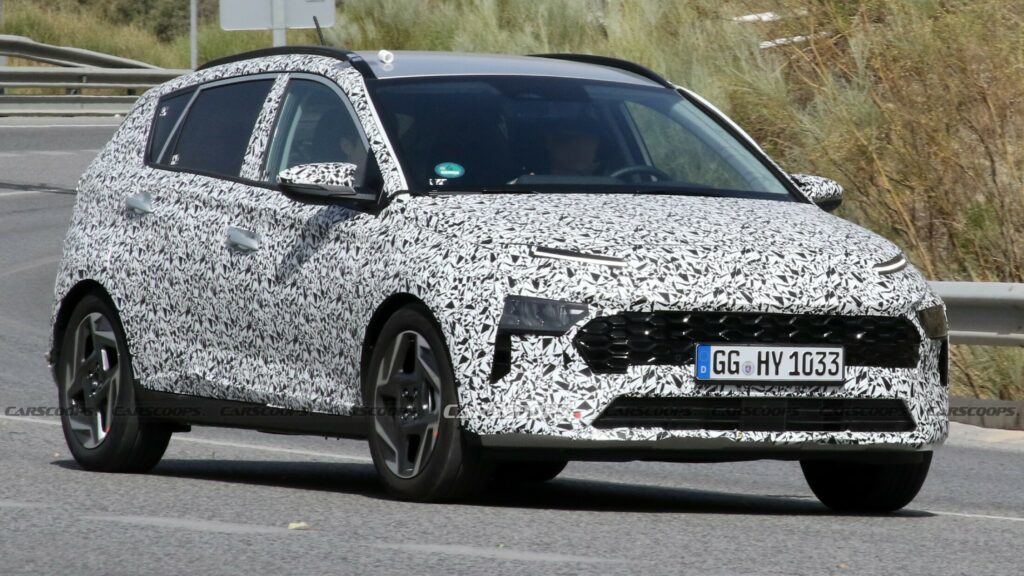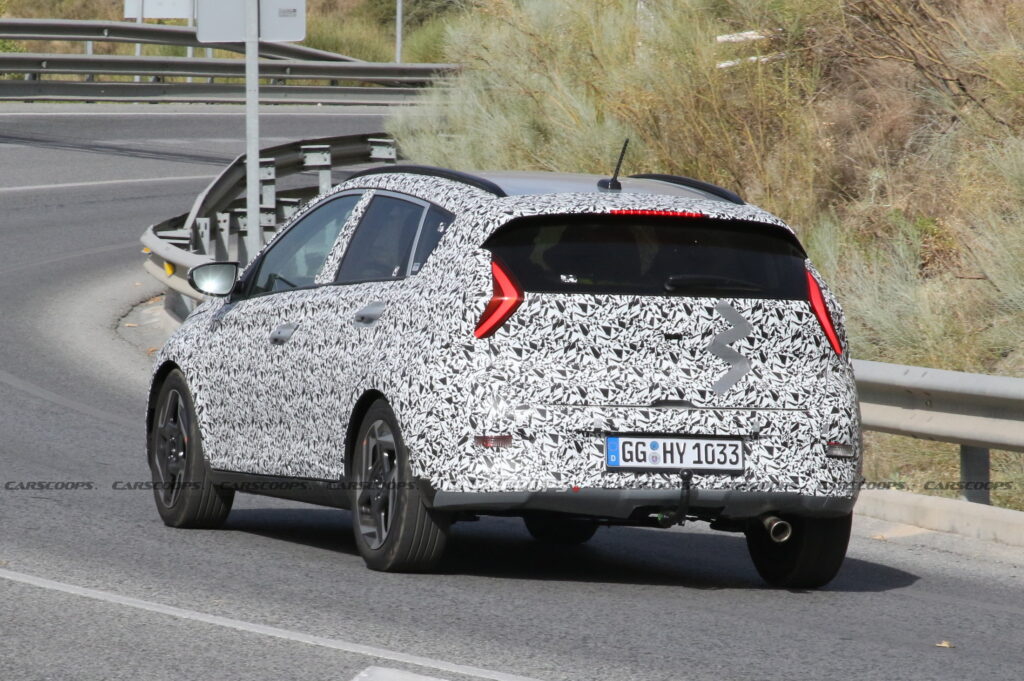Hyundai has something in the works for its smallest and most affordable crossover offering in the European market
4 hours ago
 –>
–> 
–>
Shortly after the debut of the facelifted Hyundai i20, a camouflaged prototype of the closely-related Bayon was spotted during hot weather testing in Europe. The model doesn’t appear to have many changes compared to the current Hyundai Bayon, hinting at a minor mid-lifecycle update.
The Hyundai Bayon was introduced in March 2021, as the automaker’s entry-level crossover for the European market, sharing its underpinnings and powertrain options with the i20 supermini. Two and a half years later it is still early for a facelift, but that doesn’t mean that a mild update couldn’t be introduced in 2024, strengthening Hyundai’s position in the very competitive B-SUV segment. Another scenario is for the prototype to be a Bayon N-Line as the sporty-looking trim is not present in the crossover’s lineup at the moment.
More: Facelifted i30 N Proves Hyundai Hasn’t Forgotten About ICE Thrills
advertisement scroll to continue

The test car is fully covered in a camouflage wrap with a few holes for the lighting units and the intakes. Changes appear to be minor and focused on the front end. The front bumper has been redesigned with a new shape and honeycomb pattern for the wider grille and slightly tweaked intakes. The upper section of the split headlights also looks slightly different, and we wouldn’t be surprised if Hyundai gave the Bayon the full-width LED treatment.
The profile remains unchanged with the characteristic sharp lines and identical alloy wheels. At the back, there are some changes on the bumper, with its lower end not being covered by unpainted plastic anymore. Thankfully, the funny-looking exhaust pipe sticking out of the prototype’s tail is a provisional component that won’t be replicated in the final production offering.
Judging from the facelifted Hyundai i20, the interior and powertrain options will likely be carried over. If the Bayon gets the N-Line treatment, the redesigned body kit could be combined with a sportier chassis setup. A full-blown N variant is off the cards, despite being technically possible as it is already offered in the i20 range. Hyundai’s crossover measures 4,180 mm (164.6 inches) long, 144 mm (5.7 inches) longer than the US-Spec Venue, but a full 170 mm (6.7 inches) shorter than the new Kona.
We will likely learn more about the future of the Hyundai Bayon in the coming months, hoping that our spy photographers will feed us with more photos of the model.


